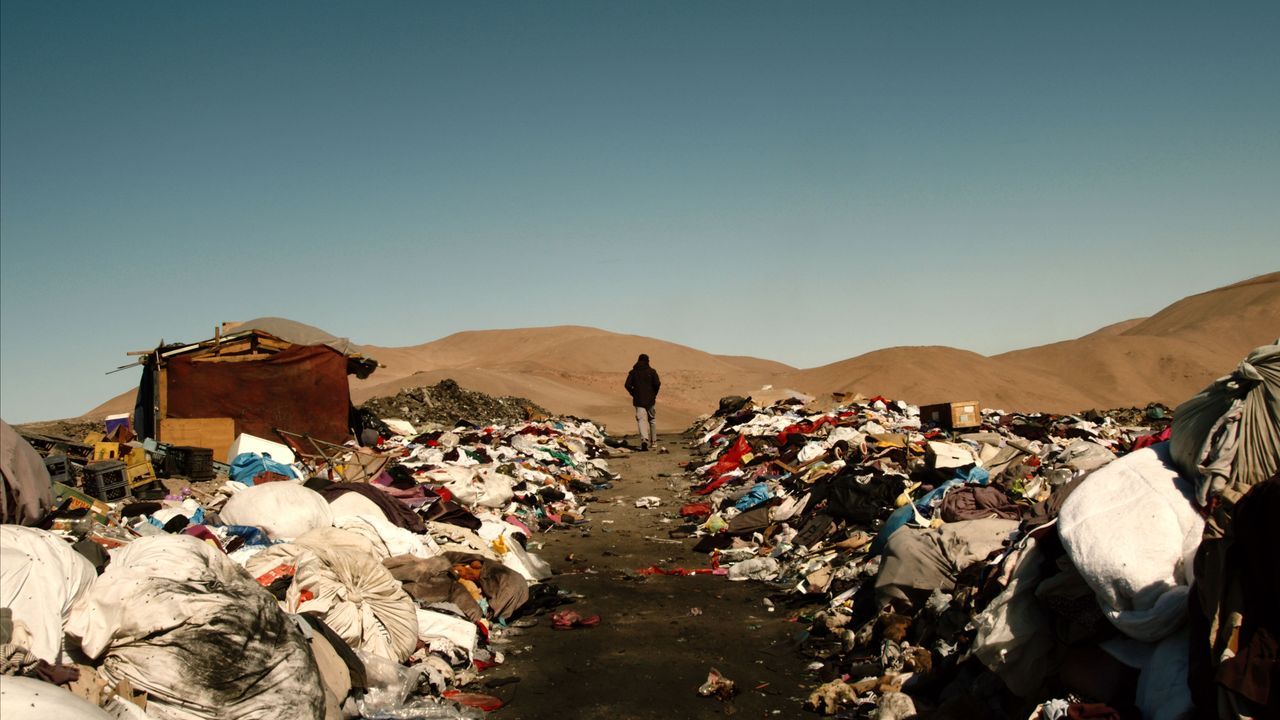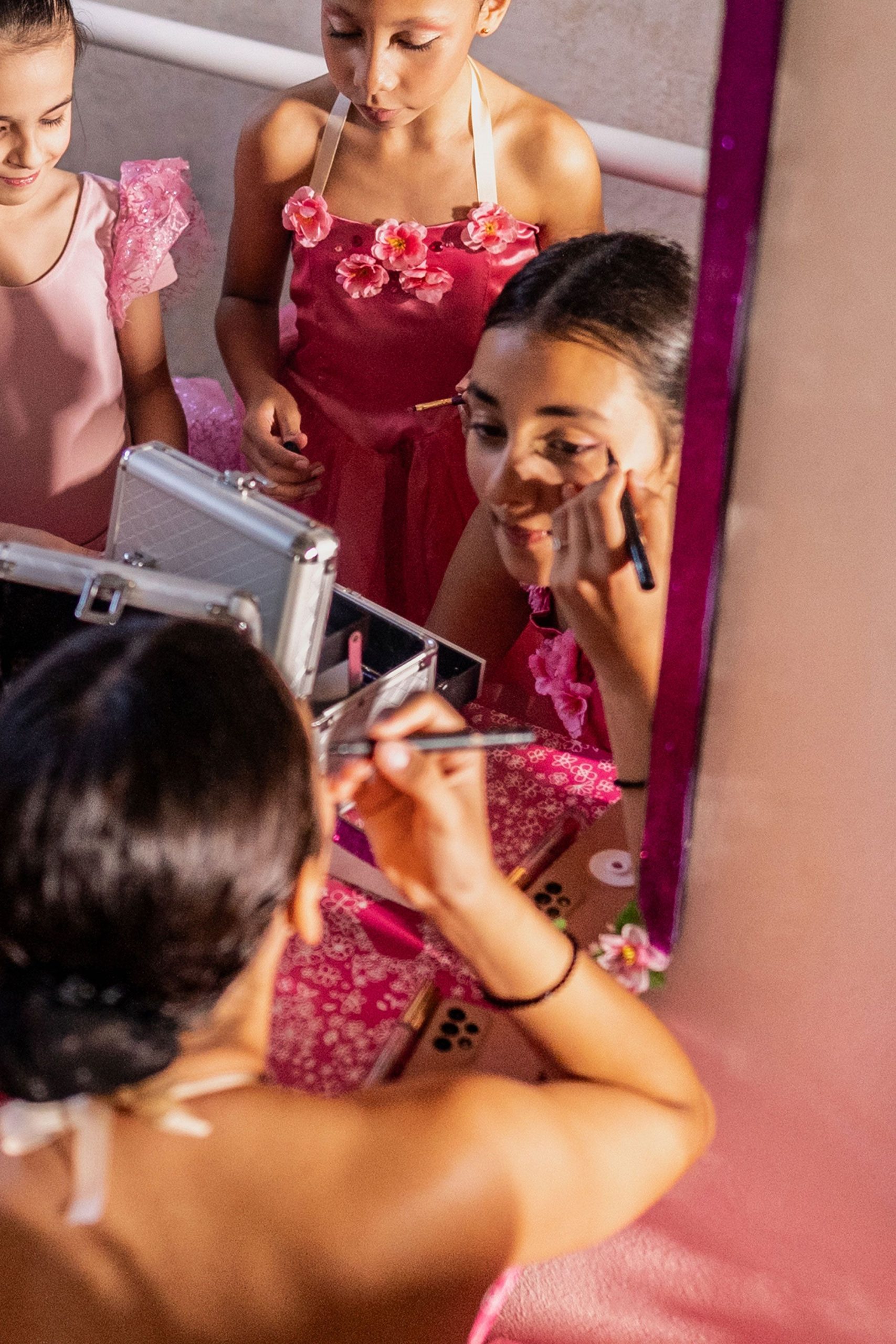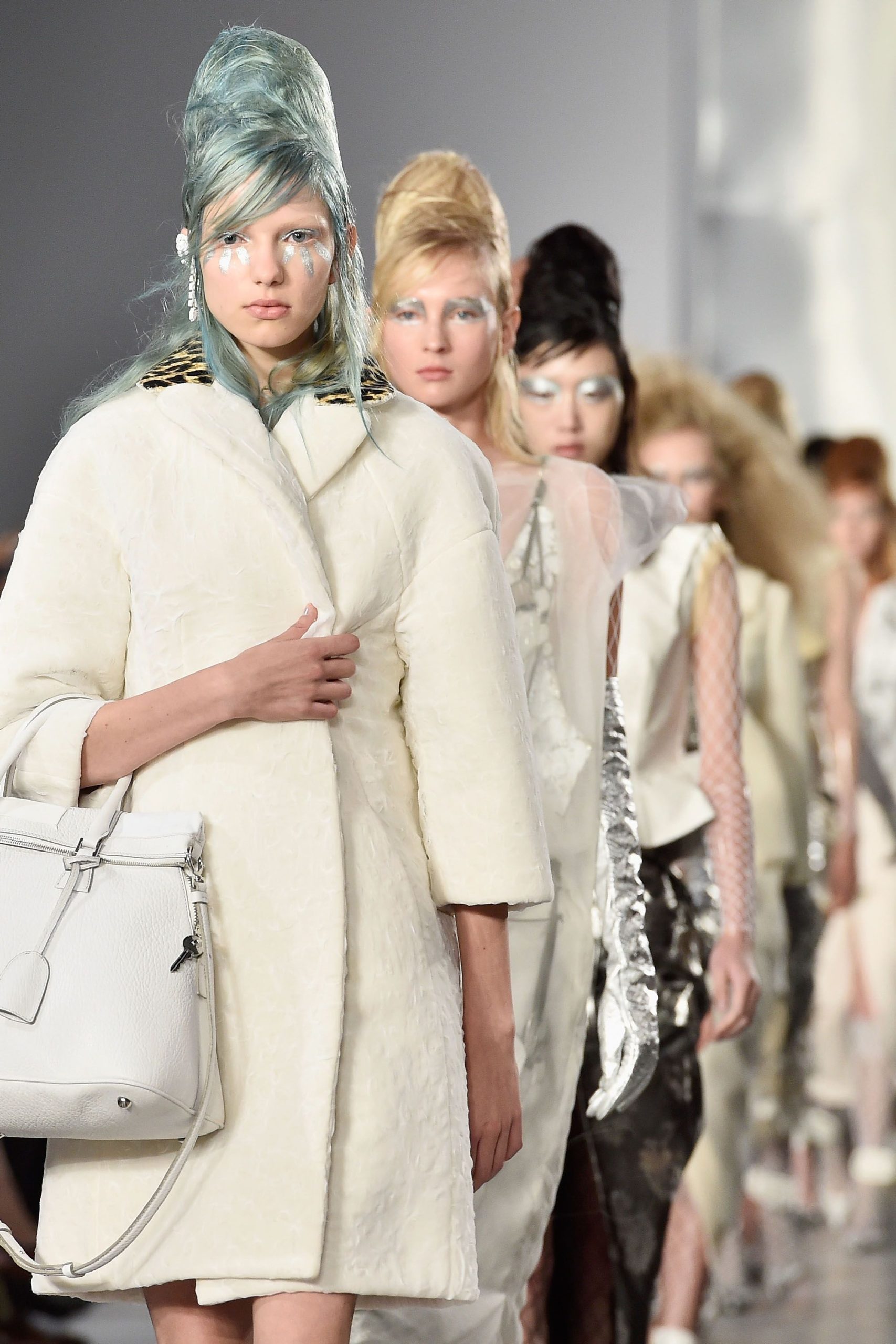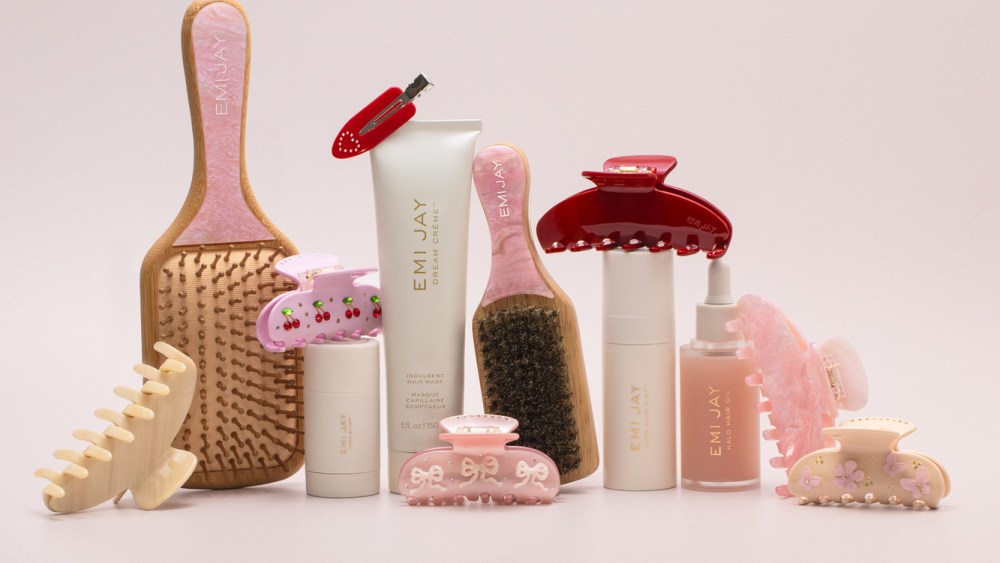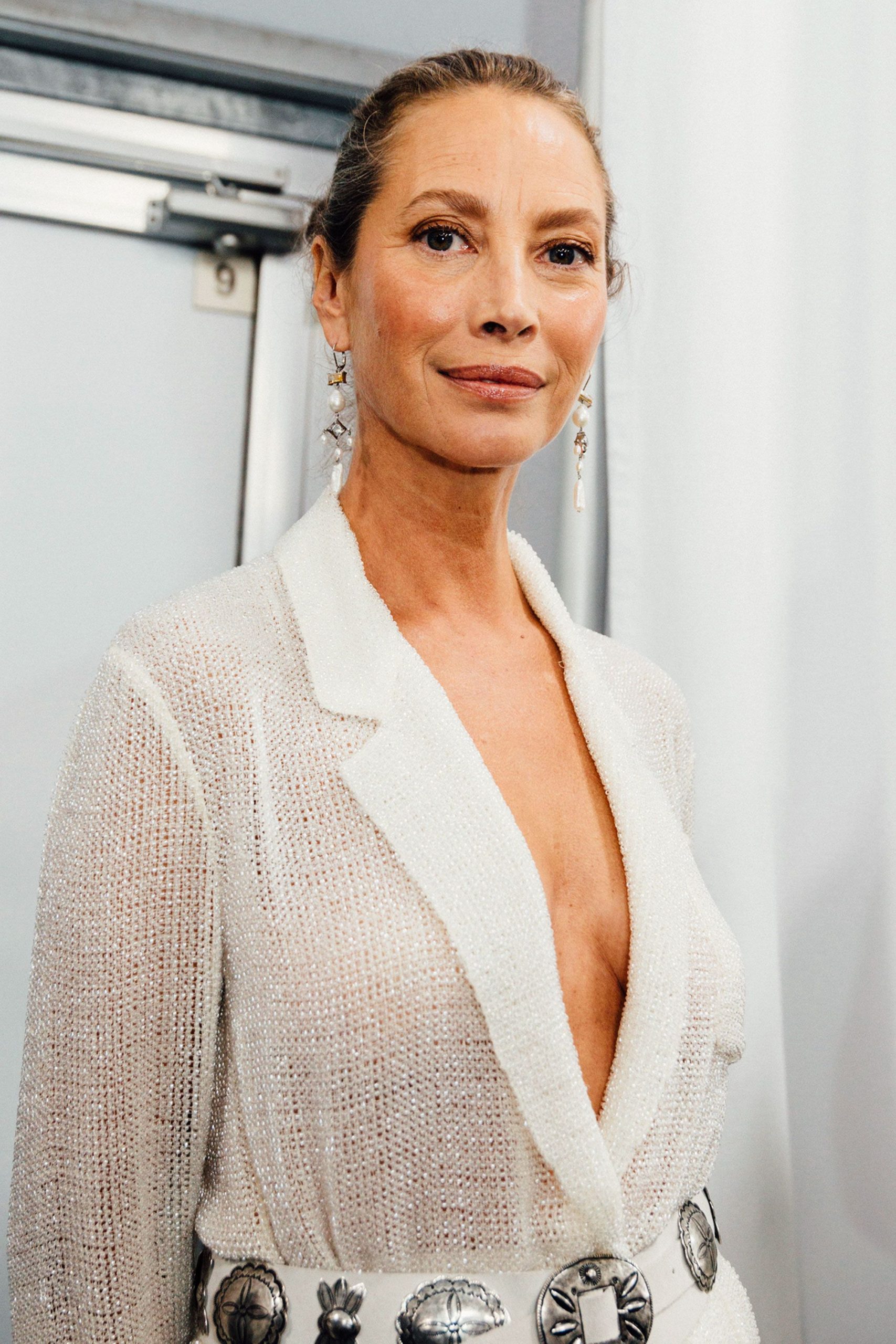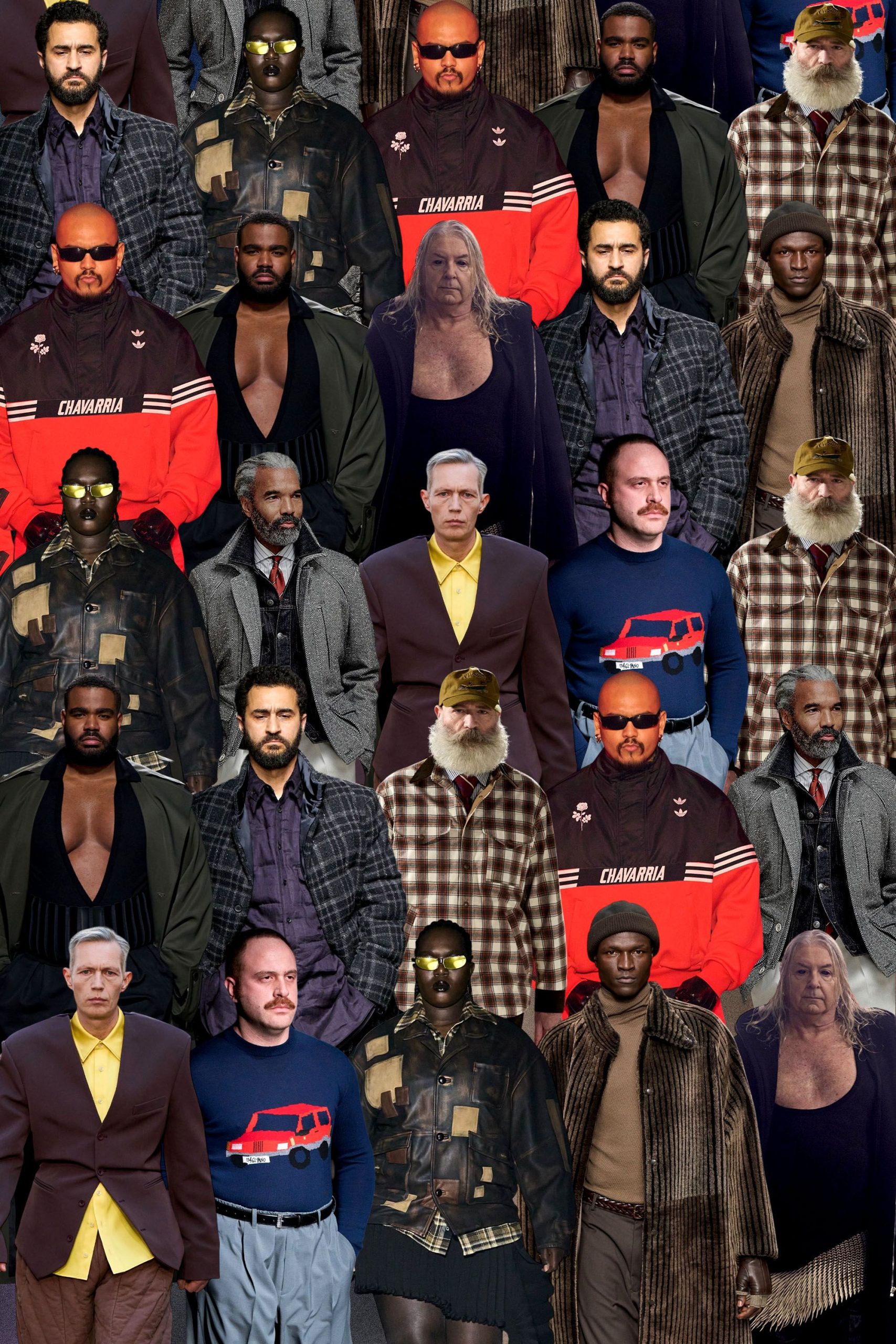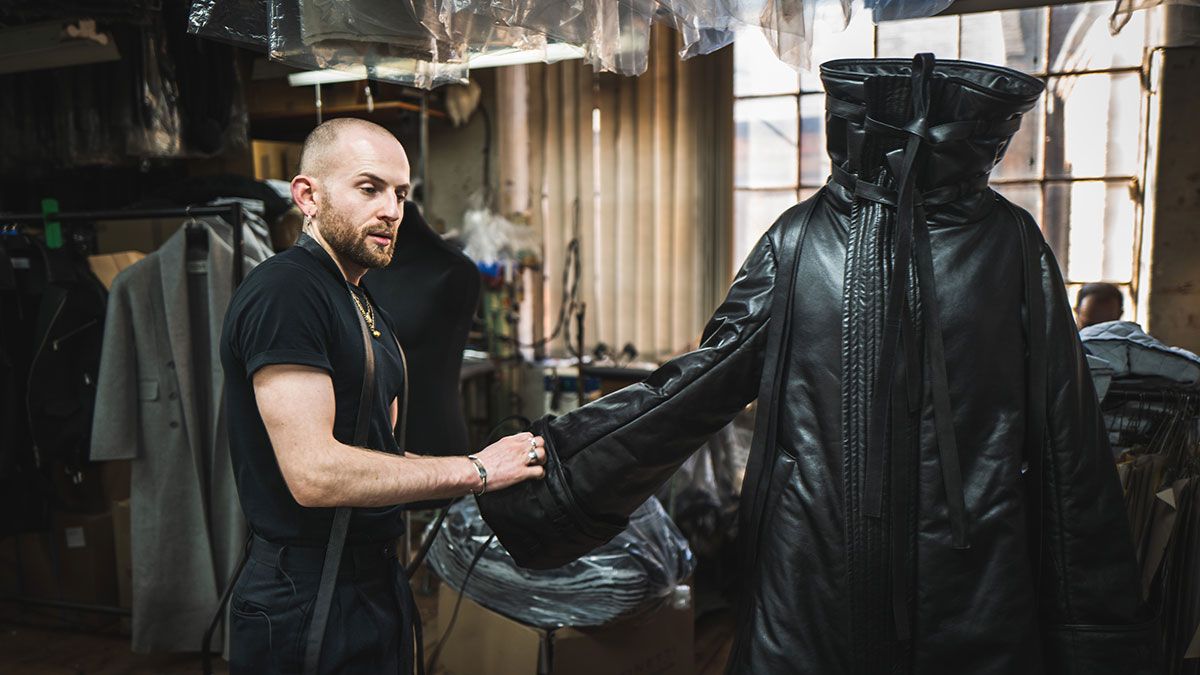
Sign up to receive the Vogue Business newsletter for the latest luxury news and insights, plus exclusive membership discounts.
In the last few years, climate change goals, diversification strategies and consumer demand have all put pressure on brands to comply with new sustainability mandates. These mandates have seen a slow-but-steady transformation in supply chains, yet the change has been inconsistent, as mounting costs, a lack of regulation and the scarcity of viable solutions all create a complex playing field for brands. While some progress has been made in areas like logistics, real estate and post-sales programmes such as repair and recycling, materials innovation that can provide sustainable textiles alternatives has so far failed to achieve the scale required to match industry demand. Even some of the most developed solutions, such as Renewcell, have struggled to achieve commercial success.
Transformation in leather goods, the luxury gateway category and one that’s key for new customer acquisition, has been even slower. The race for vegan leather alternatives has produced interesting results, with Hermès’s experimentation in mushroom leather and Hugo Boss trialling pineapple-leather shoes. These examples stand out in a vegan alternatives market that is dominated by PU-based products, which are often more harmful to the environment. What’s more, while some bio-based leather alternatives provide a solution that appeals to the values of more conscious shoppers, attaining the same quality as a genuine leather product is a tall order, especially for a luxury brand whose reputation depends on the quality of design. For most brands that have thrived on the strength of their signature leather goods, real leather is here to stay.
